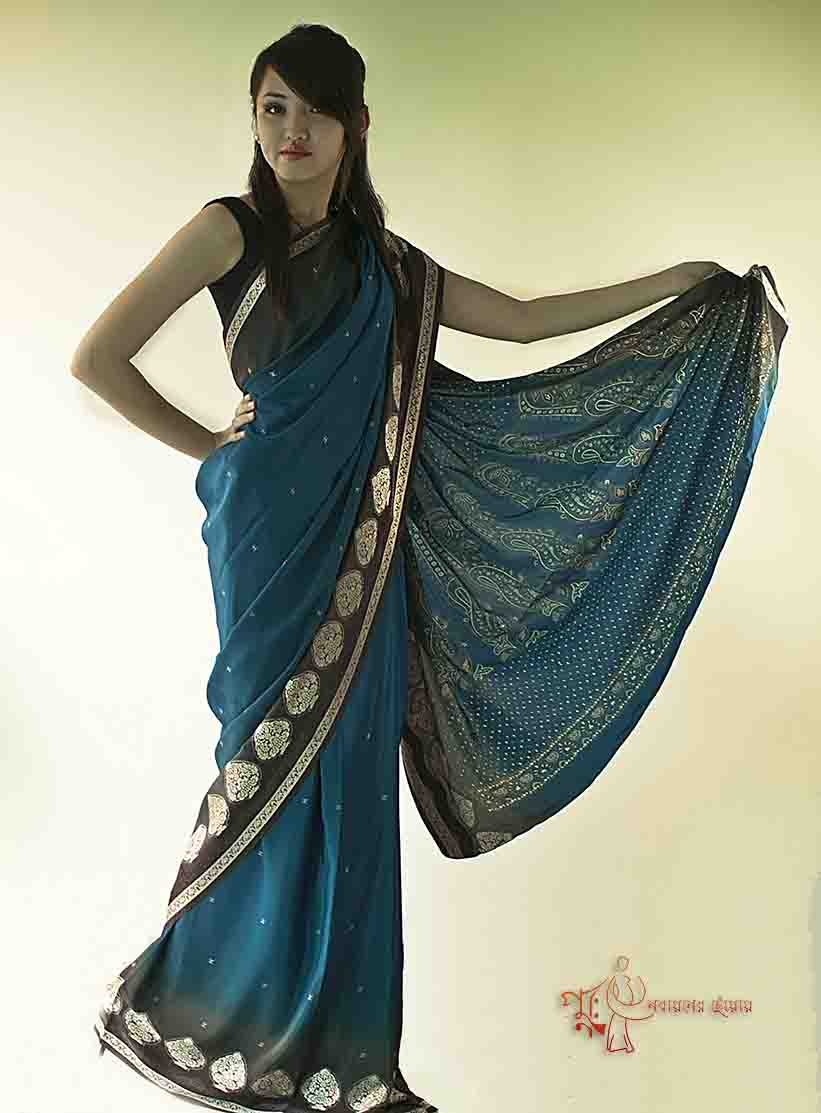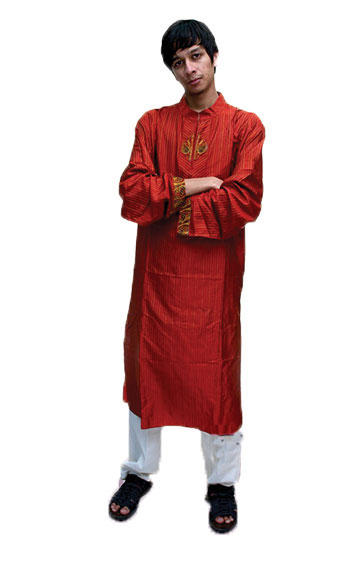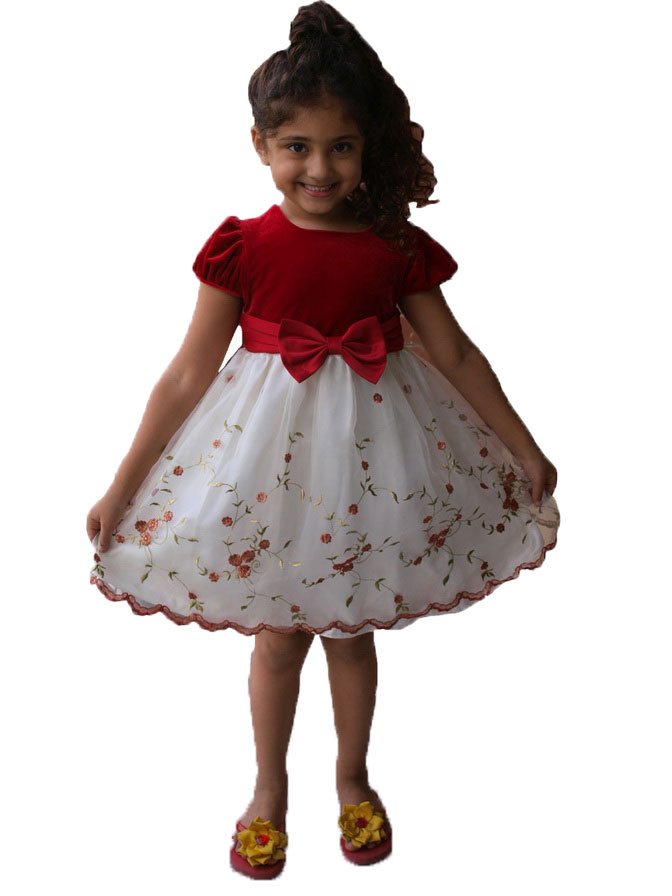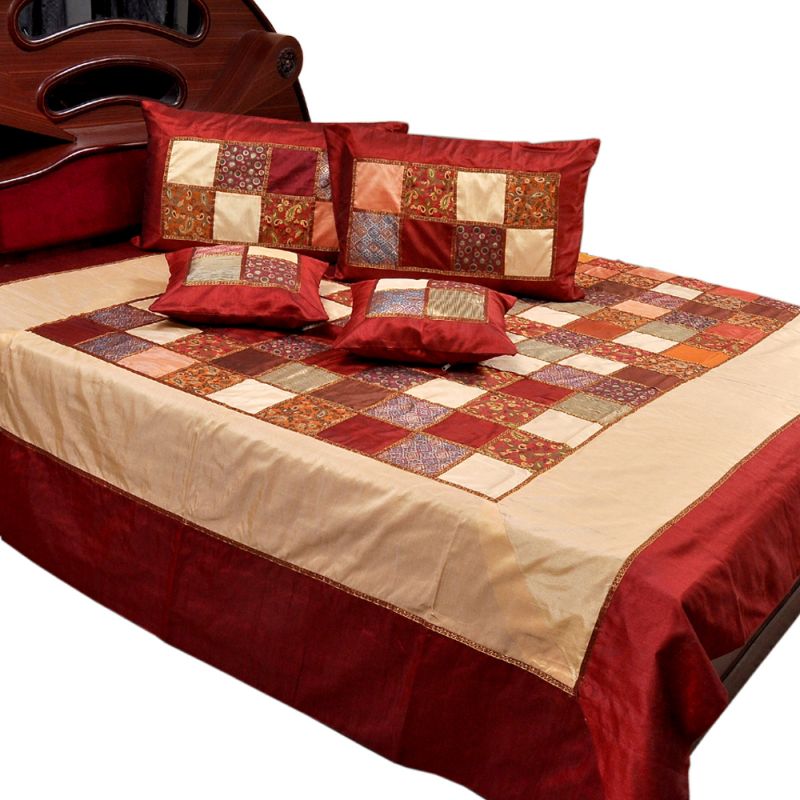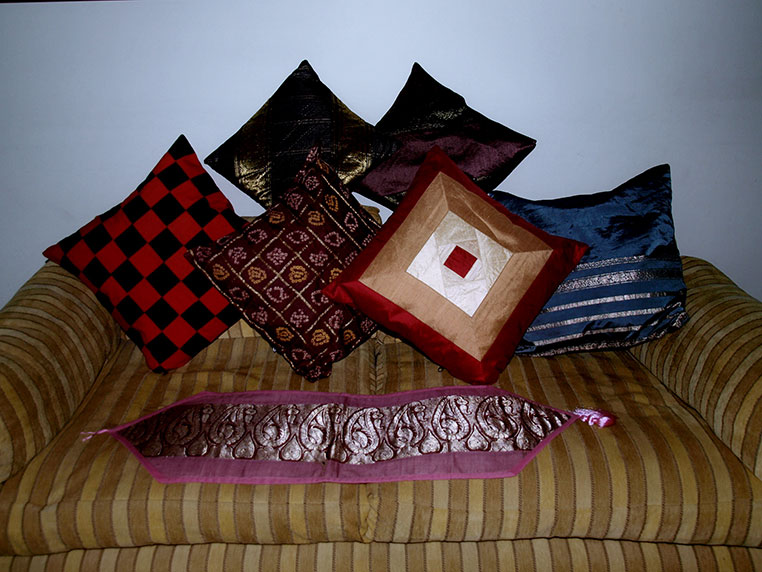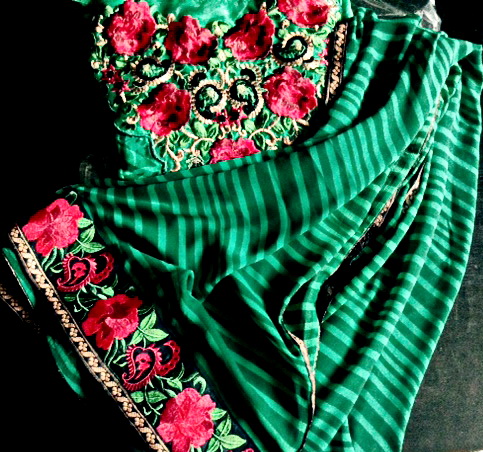No products in the cart.
fashion
Know your stuff: Chikan

Years ago I’d often hear my mum talk of ‘chicken’ dresses and ‘chicken blouses’. What were these wonderful outfits, I’d wonder? Were they made of feathers? Or did they have little birds printed on them? Well, neither as it turns out – she was saying chikan, not chicken!
Chikan is in fact a type of embroidery that’s thought to originate in Lucknow, India. Traditionally, the embroidery is white-on-white. But these days you can get chikan fabric in all sorts of colours, from off-white to bright red. More recently, chikan work incorporates beading or, for eveningwear, sequins and pearls. Multicolour chikan work is now also widely available, especially in pastel colours.
The embroidery is usually done on semi-translucent fabrics such as fine cotton, muslin or georgette as it often takes advantage of a shadowing effect. It’s commonly found to adorn the neck and collar area of panjabis or kamizes and all over urnas.
The type of embroidery, chikankari, is usually handstitched and done in delicate patterns of flowers and leaves and abstract twirls. Stitchwork includes back stitching, chain stitching and cross stitching. Eyelets, jaali work and French knots add extra detail. The fact that this type of embroidery cannot be easily mass produced makes it a valued type of work and chikan garments are often sought after.

